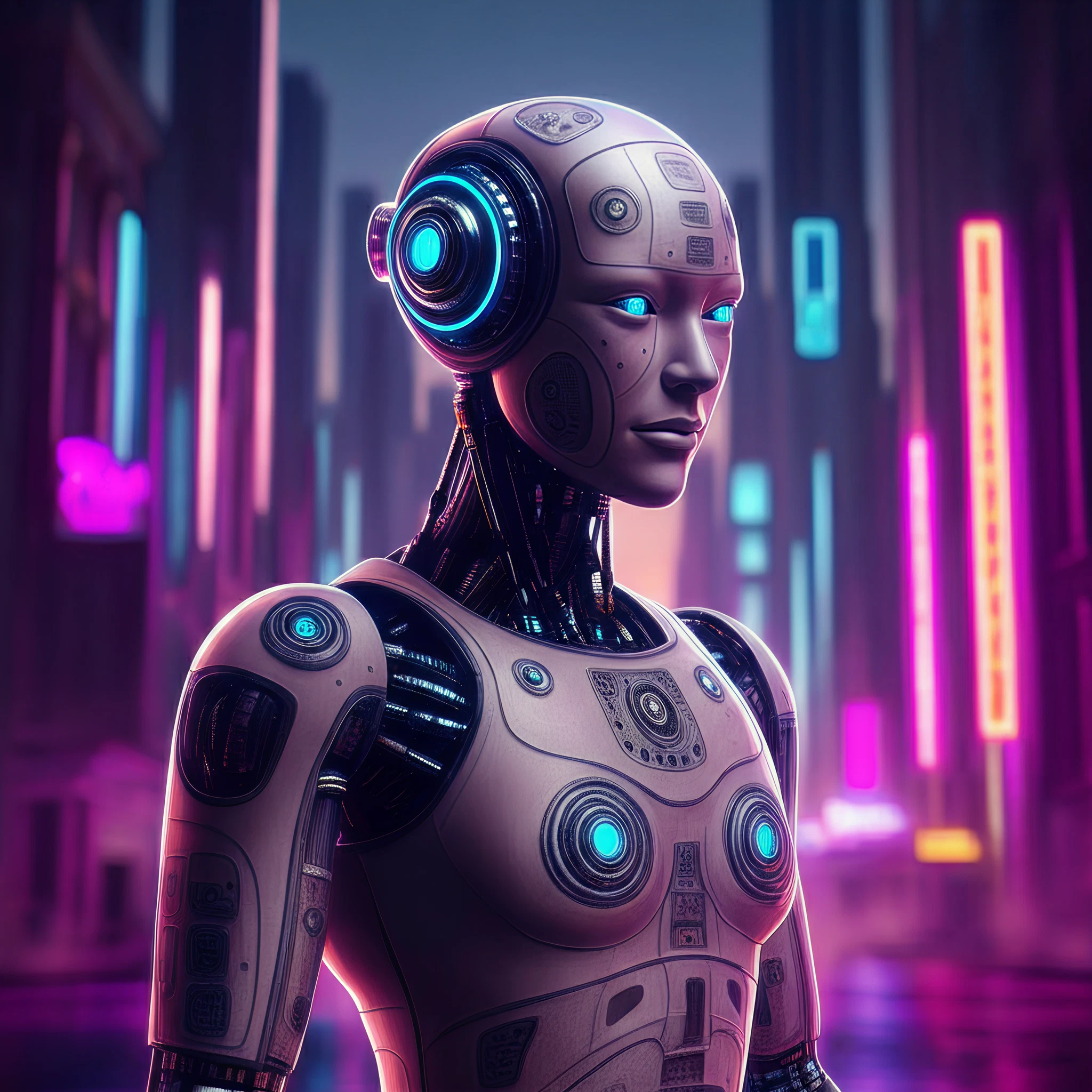Humanoid robots, or “robot humanoides,” are no longer confined to the pages of science fiction. Thanks to significant strides in robotics, artificial intelligence (AI), and automation (“automatización”), humanoid robots are making their way into industries spanning from healthcare to manufacturing. As these technologies evolve, so does their potential to impact and reshape our way of life.
This article explores the technology behind humanoid robots, their current applications, the challenges and ethical considerations, and what the future holds for humanoid robotics.
What is a Humanoid Robot?
A humanoid robot is a machine designed to mimic human movements, gestures, and, in some cases, even emotions. These robots are powered by AI and advanced programming that allows them to process data and perform tasks that were once considered exclusive to human capabilities. With human-like motions, these robots can integrate into environments built for human beings, making them highly valuable.
Key features of humanoid robots include:
- AI-driven decision-making to respond intelligently to tasks.
- Anthropomorphic design, such as arms, legs, or even facial expressions.
- Advanced sensors and actuators to emulate human movement and precision.
Current Applications of Humanoid Robots
Humanoid robots are transitioning from experimental concepts to real-world applications in several key industries:
1. Healthcare
- Care Assistance: Robot humanoides are being used as caregivers for the elderly, helping with daily tasks or providing companionship.
- Rehabilitation Robotics: Programs like those piloted by Figure and 1X involve humanoid robots aiding in patient recovery and physical therapy.
- Surgery Assistance: Robotic arms with enhanced precision are assisting surgeons in procedures.
2. Manufacturing
- Assembly Line Automation: These robots can handle repetitive and labor-intensive tasks, increasing efficiency.
- Inspection and Maintenance: Robots with sensors can identify faults in machinery and work to repair them.
3. Customer Service & Hospitality
- Humanoid robots are being used in airports, hotels, and retail stores. They provide information, assist with tasks, and even guide customers in their facilities.
4. Education
- Humanoids with interactive features, like speech recognition, are being integrated into classrooms and childcare to engage and educate students.
5. Home Usage
- Startups are already piloting humanoid robots in households to assist with chores, monitor security, and even provide childcare, as noted in recent reports from companies like 1X.
Benefits of Humanoid Robots
The rise of humanoid robots offers many benefits:
- Efficiency: They can work tirelessly without the need for breaks or downtime.
- Precision: AI and robotics enable them to perform tasks requiring high levels of accuracy.
- Adaptability: Their human-like design allows them to function in spaces originally designed for humans.
- Cost-Reduction: Over time, businesses may save costs by automating tasks with a robot humanoide.
Challenges and Ethical Concerns
Despite their advantages, humanoid robots pose challenges that must be carefully addressed:
- High Initial Costs: Developing and deploying humanoid robots still requires significant investment.
- Ethical Concerns: Questions around data privacy, job displacement, and the rights (if any) of robots themselves often arise.
- Societal Acceptance: The idea of working alongside robots can evoke fear or mistrust, requiring public education on their safe and beneficial use.
Additionally, reports indicate growing interest from major organizations in deploying such robots on a larger scale. For instance, OpenAI has reportedly considered creating its own humanoid robot line (TechCrunch), but the competitive landscape and ethical implications likely stalled those plans.
The Future of Humanoid Robotics
The future trends in humanoid robotics are promising:
- Advanced AI Integration: Robots will become more autonomous, offering near-human intelligence for problem-solving in real time.
- Widespread Adoption: Expect humanoids in more homes, schools, and workplaces as costs lower.
- Improved Designs: Lighter, more agile robots will improve mobility and integration into everyday life.
- Collaboration with Humans: Humanoids will work alongside humans to complement their capabilities instead of replacing them entirely.
A Balanced Approach to Progress
The rapid development of humanoid robots presents both opportunities and responsibilities. While “robot humanoides” enrich our industries, care must be taken to ensure their integration is ethical, transparent, and mutually beneficial.
Whether you’re a tech enthusiast, robotics student, or curious reader, enterprise ventures into humanoid robotics are set to become one of the most exciting frontiers of the 21st century.
Takeaway
Intrigued by the possibilities of humanoid robotics? Keep an eye on companies experimenting in this space and stay informed on developments in AI and automation. For now, one thing is certain – humanoid robots are not just machines; they are the bridge to a future driven by innovation.








